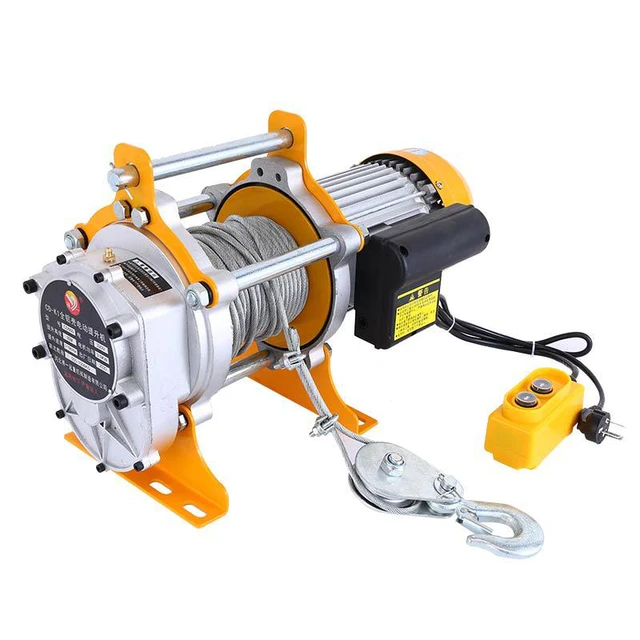Proper storage and handling of electric hoists are crucial to ensure their longevity, safety, and optimal performance. Whether you are storing them for short periods between uses or for long-term storage, following the right procedures can prevent damage and accidents. Here are some essential tips for storing and handling electric hoists
Cleanliness – Before storing electric hoists, ensure they are clean and free from any debris, dust, or grime. Use a soft brush or cloth to remove any dirt, grease, or other contaminants. This prevents buildup that can affect the hoist’s performance over time.
Inspect for Damage – Before storing, thoroughly inspect the hoist for any signs of damage or wear. Check for loose bolts, damaged cables, or any other issues that may compromise its safety or functionality. Address any problems immediately before storing the hoist.
Proper Location – Choose an appropriate storage location for the electric hoist. Ideally, it should be indoors, away from extreme temperatures, moisture, and direct sunlight. Exposure to these elements can cause corrosion, rust, or damage to sensitive components.

Secure Storage – Store the hoist in a secure area where it would not be knocked over or bumped into. If possible, keep it elevated off the ground to prevent moisture damage and to allow for easy inspection and access when needed.
Protective Cover – Consider using a protective cover or tarp to shield the hoist from dust, moisture, and other contaminants. This is especially important for hoists stored in open or semi-open environments.
Proper Lifting – When handling electric hoists, always use proper lifting techniques and equipment. Avoid overloading the hoist beyond its rated capacity, as this can cause damage to the hoist and pose a safety risk.
Regular Maintenance – Implement a regular maintenance schedule for your polipasto electrico, including lubrication of moving parts, inspection of electrical components, and testing of safety features. This helps identify any issues early on and ensures the hoist remains in optimal condition.
Battery Maintenance if applicable – If your electric hoist is battery-powered, ensures the batteries are properly maintained. Follow the manufacturer’s guidelines for charging, storage, and maintenance to prolong battery life and ensure reliable operation.
Training and Awareness – Ensure that anyone tasked with handling or operating the electric hoist is properly trained in its use and safety procedures. This helps prevent accidents and ensures the hoist is used correctly.
Regular Inspections – Periodically inspect stored electric hoists to ensure they remain in good condition. Check for any signs of damage, corrosion, or wear, and address any issues promptly.
By following these tips for proper storage and handling of electric hoists, you can help maintain their functionality, safety, and longevity. Investing time and effort in storing and handling your electric hoists correctly will pay off in the form of reliable performance and reduced risk of accidents or damage.
